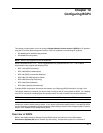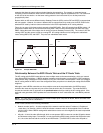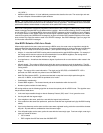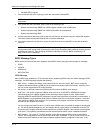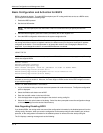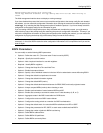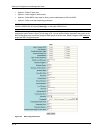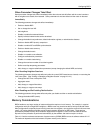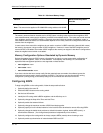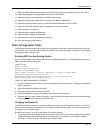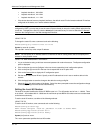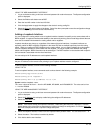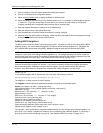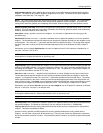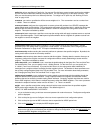
Configuring BGP4
When Parameter Changes Take Effect
Some parameter changes take effect immediately while others do not take full effect until the router’s sessions
with its neighbors are closed, then restarted. Some parameters do not take effect until the router is rebooted.
Immediately
The following parameter changes take effect immediately:
• Enable or disable BGP.
• Set or change the local AS.
• Add neighbors.
• Disable or enable fast external fallover.
• Specify individual networks that can be advertised.
• Change the default local preference, default information originate, or administrative distance.
• Enable or disable MED (metric) comparison.
• Disable or enable IGP and BGP4 synchronization.
• Enable or disable auto summary.
• Change the default metric.
• Disable or re-enable route reflection.
• Configure confederation parameters.
• Disable or re-enable load sharing.
• Change the maximum number of load-sharing paths.
• Define route flap dampening parameters.
• Add, change, or negate redistribution parameters (except changing the default MED; see below).
After Resetting Neighbor Sessions
The following parameter changes take effect only after the router’s BGP4 sessions are cleared, or reset using the
“soft” clear option. (See “Closing or Resetting a Neighbor Session” on page 10-116.)
• Change the Hold Time or Keep Alive Time.
• Aggregate routes.
• Add, change, or negate filter tables.
• Add, change, or negate route maps.
After Disabling and Re-Enabling Redistribution
The following parameter change takes effect only after you disable and then re-enable redistribution:
• Change the default MED (metric).
Memory Considerations
BGP4 handles a very large number of routes and therefore requires a lot of memory. For example, in a typical
configuration with just a single BGP4 neighbor, a BGP4 router may need to be able to hold up to 80,000 routes.
Many configurations, especially those involving more than one neighbor, can require the router to hold even more
routes. HP routing switches and NAs provide dynamic memory allocation for BGP4 data. These devices
automatically allocate memory when needed to support BGP4 neighbors, routes, and route attribute entries.
Dynamic memory allocation is performed automatically by the software and does not require a reload.
Table 10.1 lists the maximum total amount of system memory (DRAM) BGP4 can use in software release 07.1.X.
The maximum depends on the total amount of system memory on the device.
10 - 9



